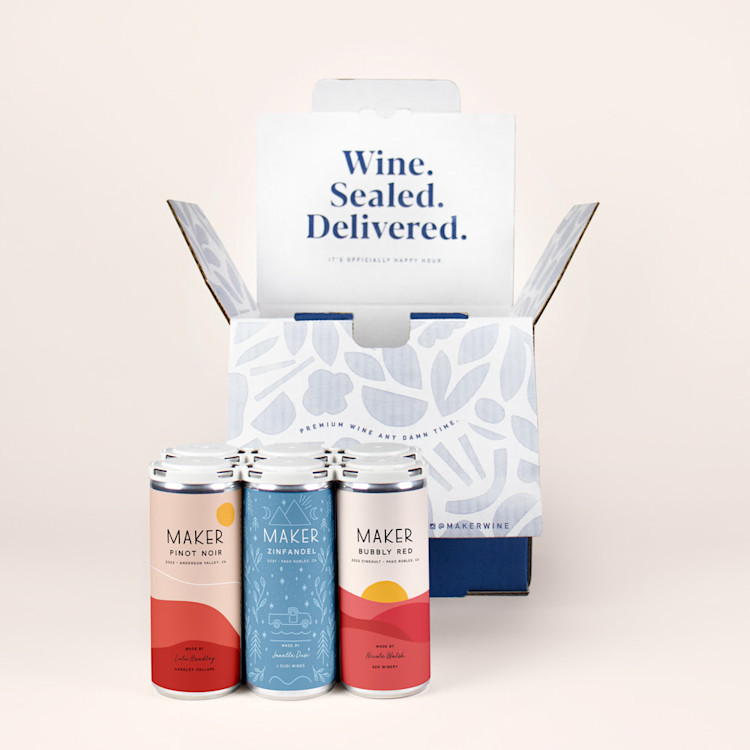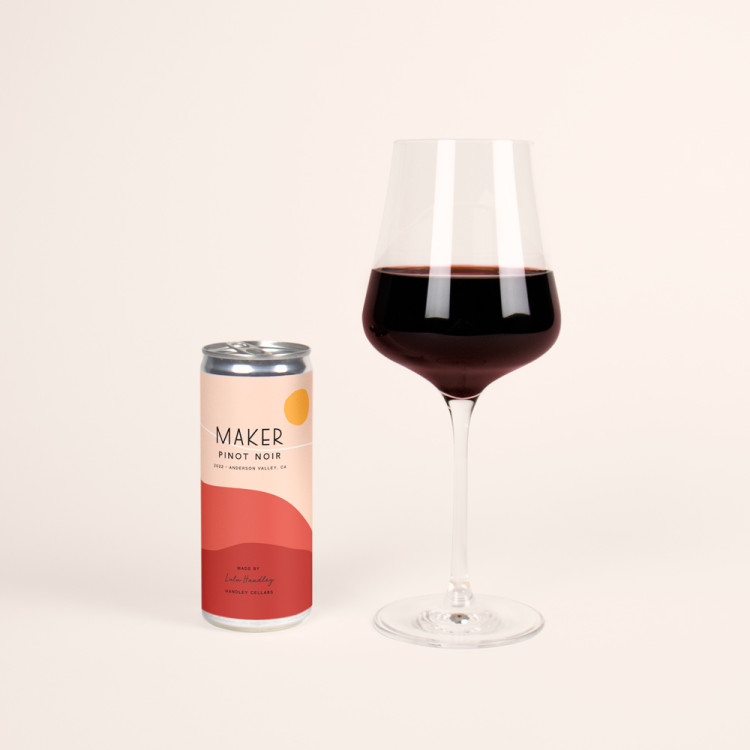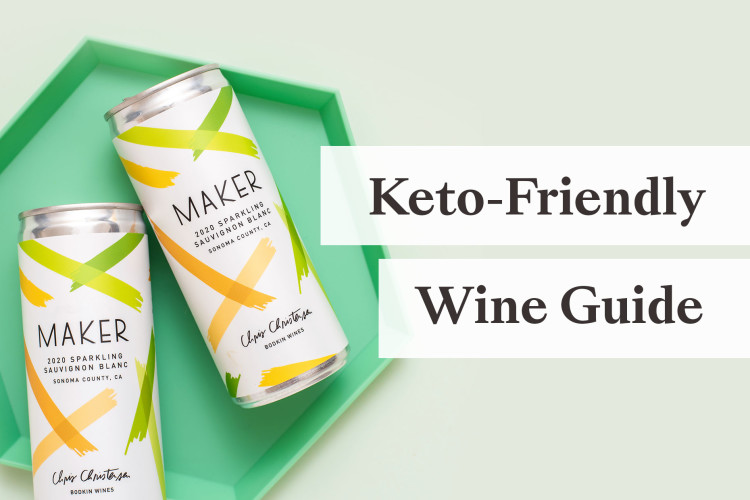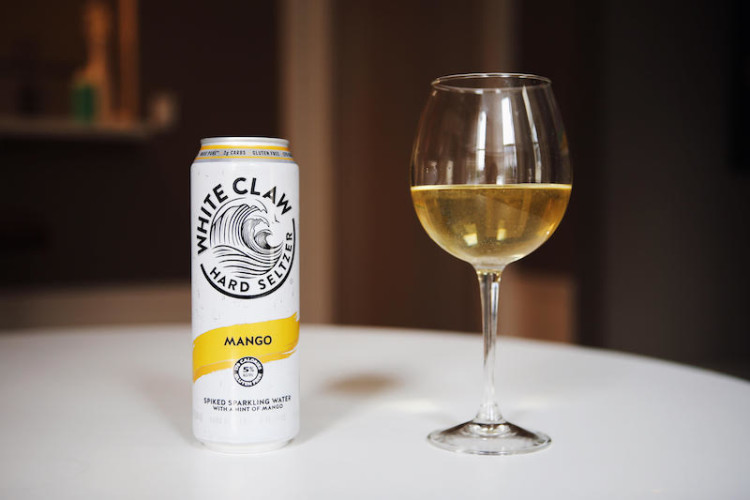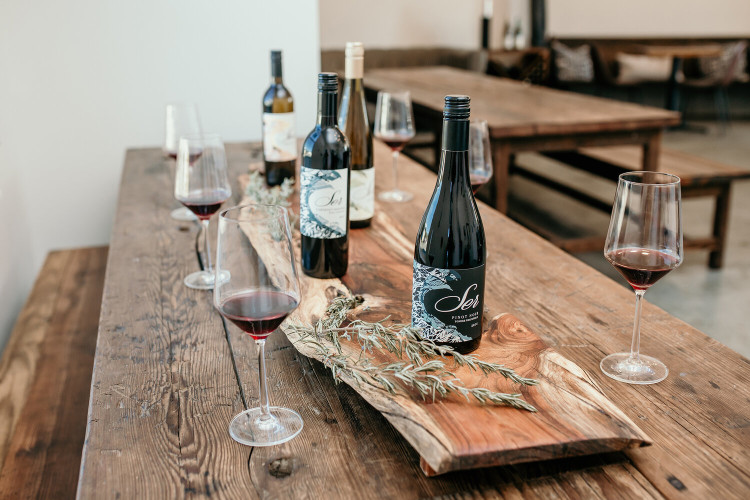Wine School
Sugar Free Red Wine Guide: How to Shop High Quality, Low Sugar Wines
Love red wine, but want to avoid a sugar crash? Which wines are low in sugar? What is dry red wine? Here's your guide to finding high-quality, zero sugar dry red wine — plus what to watch for when you shop.

By Logan Davis
April 28, 2025
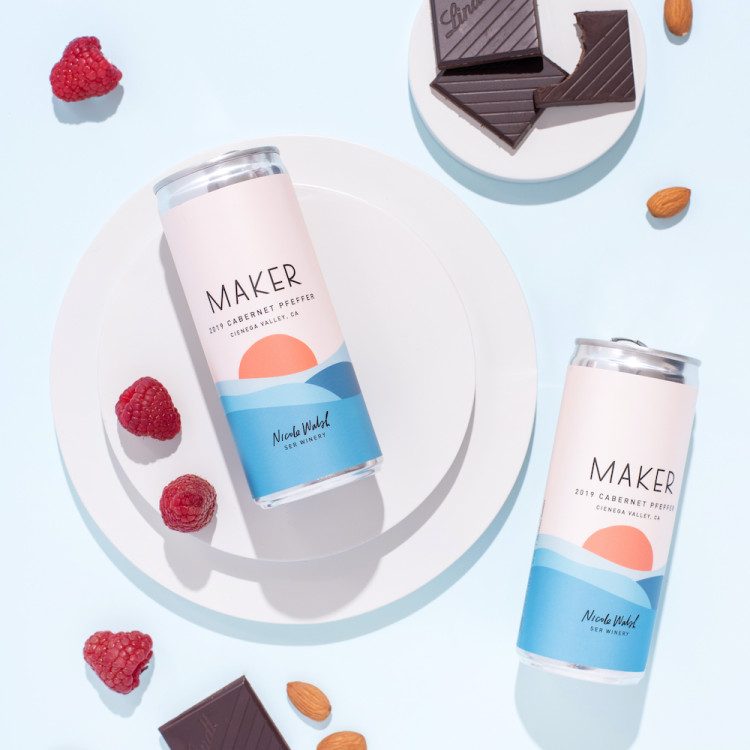
Do you find yourself scanning for the word “dry” when deciding whether to buy wine you’ve never tried before? Been burned by one too many grocery store wines with a ton of added sugar? You’re not alone.
Wine is our favorite go-to companion; it’s the perfect complement to a dinner party, girls' night, or beach bonfire, but the next day can feel rough when you’re not drinking the good stuff. Little known fact: Nearly all dry wines from reputable small producers have little-to-no residual sugar and correspondingly few carbs.
While all wines can vary in sugar content, today we’re diving into dry red wines specifically—because that's where a lot of hidden sugar can sneak in, especially if you're shopping big brand bottles.
Read this guide to learn which red wines are naturally low in sugar, and how to shop no added sugar wines like a pro.
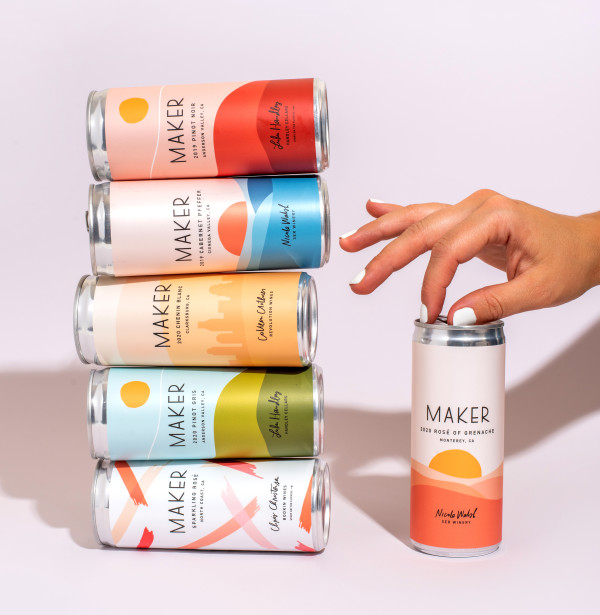
Try zero sugar, award-winning canned wine
Special offer: Get 15% off Maker's award-winning, sugar-free, premium canned wines.
What is dry wine, anyways?
"Dry" is often misused as a wine descriptor — it does not refer to a wine that feels “drying.” A dry wine is the opposite of a sweet wine, it’s a wine with no residual sugar. Dry wines—including dry red wines—have little to no sugar, typically less than 3g/L. Per our Maker wine terms glossary, grape juice becomes wine when all the natural sugars from the fruit are “eaten up” by yeast and converted to alcohol and CO2 through a process called fermentation. In a dry wine, fermentation has been allowed to complete fully, and there is no residual sugar left in the wine. Check out our limited edition Red Wine Mixed Pack for award-winning dry wines with zero grams of sugar per can – including our best-selling zero sugar Pinot Noir.
Shop Maker's dry, no-sugar red wines
Red Wine Mixed Pack
Red Wines
Try three of our best-selling red wines in one special mixed pack. Includes Pinot Noir, Bubbly Red, and Zinfandel.
Even more confusingly, just because we perceive a wine as “sweet”, does not necessarily mean it isn’t a dry wine! Ripe fruits and floral notes can create the perception of sweetness even if there is no residual sugar, especially if the wine doesn’t have the acidity or tannins to balance that fruitiness.
The “clean” wine fallacy
While “clean-washing” is a well-known tactic in the beauty and wellness industries, it’s a little newer to wine. Lately, more brands are jumping on the "clean wine" marketing train—claiming to be “all-natural,” “lab-tested,” “low carb,” and “zero sugar”—to make their wines sound healthier or purer—without much clarity about what that actually means.
The term became so widespread (and so confusing) that the federal government had to step in. In 2022, the Alcohol and Tobacco Tax and Trade Bureau (TTB) issued official guidance warning that calling a wine "clean" could be considered a misleading health claim—similar to falsely advertising a wine as a cure for headaches or a magic elixir.
The reality? Most dry wines from reputable small producers have always been made without added sugar, industrial additives, or unhealthy farming practices—no buzzwords required. In fact, most high-quality, traditionally made dry wines already meet the standards that many "clean wine" companies are now trying to market as something new.
And, dare we say it, the wine from many "clean wine" companies isn’t exactly up to par with the quality wines crafted by small producers who actually love their craft. So, it turns out you can have it all: delicious, small batch wine, and dry, no residual sugar wine — all in one.
Pinot Noir
Handley Cellars, Anderson Valley, CA
Juicy red cherries, cranberries, plum, and subtle spice - a versatile, fruit-forward wine you can drink anytime.
Best dry red wine types
Now that we’ve cleared up what “dry” actually means, and how to avoid some marketing buzzword pitfalls, you might be asking, which red wines are dry? Sangiovese, Cabernet Sauvignon, Pinot Noir, Syrah, and Merlot are typically drier, with less than 3 g/L of residual sugar.
Dry wines with low-to-no residual sugar will also have correspondingly fewer carbs (see our keto wine guide for the deets). And while all wine can cause hangovers and headaches when consumed to excess, the main culprit of a “wine headache” is dehydration. Sugar in wine can make this worse, ‘nuff said.
If you're looking for a no sugar red wines, there are a few wines to avoid. Grapes like Malbec, Grenache, Lambrusco, and Zinfandel tend to be higher in residual sugar because they are not usually fermented to dry. Dessert wines like Port are on another level at 100 g/L of sugar. And, finally, mass-produced grocery store wines can often have added sugar to make wines more palatable to the masses — even if they don't actually taste "sweet". No reputable small production winery will add sugar to their wines — so support small production wineries to drink the good stuff.
What to look for when shopping for no carb, no sugar wine
While sticking to the commonly dry varietals is a good rule of thumb, any wine producer you consider purchasing from should be able to tell you how much sugar is in their wine.
Maker Wine dry red wines:
Because we believe in transparency, here’s a list of the sugar content, calories, and carbs in our dry, red wines:
Maker Pinot Noir — *0g sugar, 121 calories, 3.8 carbs per 5 oz. serving.*
Maker Zinfandel — *0g sugar, 150 calories, 3.4 carbs per 5 oz. serving.*
Maker Carbonic Red – *0g sugar, 113 calories, 3.5 carbs per 5 oz. serving.*
Maker Cabernet Pfeffer – *0g sugar, 120 calories, 3.3 carbs per 5 oz. serving.*
We're proud to say that we have the most dry red wines of any canned wine co out there, all of which have 0 g/L of residual sugar, less than 5 g carbs, and no more than 150 calories per 5 oz. serving. Here's a quick view of sugar and carbs in our best-selling cans.

Check out our Red Wine Mixed Pack, Best Sellers Mixed Pack, or join the Can Club to taste the difference for yourself.
How can you tell if a red wine is dry?
There’s no perfect shortcut without lab testing, but a few clues can help.
Generally, dry red wines tend to have higher alcohol levels—often between 13% and 15% ABV. If a red wine is labeled under 11% ABV, it may have more residual sugar left behind. But it’s not a guarantee: factors like grape variety, region, and winemaking style play a big role too. When in doubt, look for grapes that tend to be drier, or shop small producers.
Mega wine producers use more sugar and unnatural ingredients in the wine to create volume and make for sweeter, more approachable wines. Small producers, however, are much more likely to use a natural winemaking process and no added sugar.
At Maker we work with small, independent wine producers that take pride in their premium wines. Here’s the 101 on how we find world-class winemakers to partner with.
So next time you're scanning the shelves looking for a dry red wine, look for wines with less than 3 g/L residual sugar, some of the dry red wine varietals listed above, or best of all, small, premium, producers.
Better yet? Shop Maker, which checks all the boxes.

Try zero sugar, award-winning canned wine
Special offer: Get 15% off Maker's award-winning, sugar-free, premium canned wines.
Recommended for you
About Maker
They make it.
Maker partners with best-in-class small producers that craft award-winning wines.
We can it.
We can the wine side-by-side with our winemaker partners, directly from their winery.
You drink it.
We’ll deliver Maker cans and their stories to your door in under 48 hours in California.
